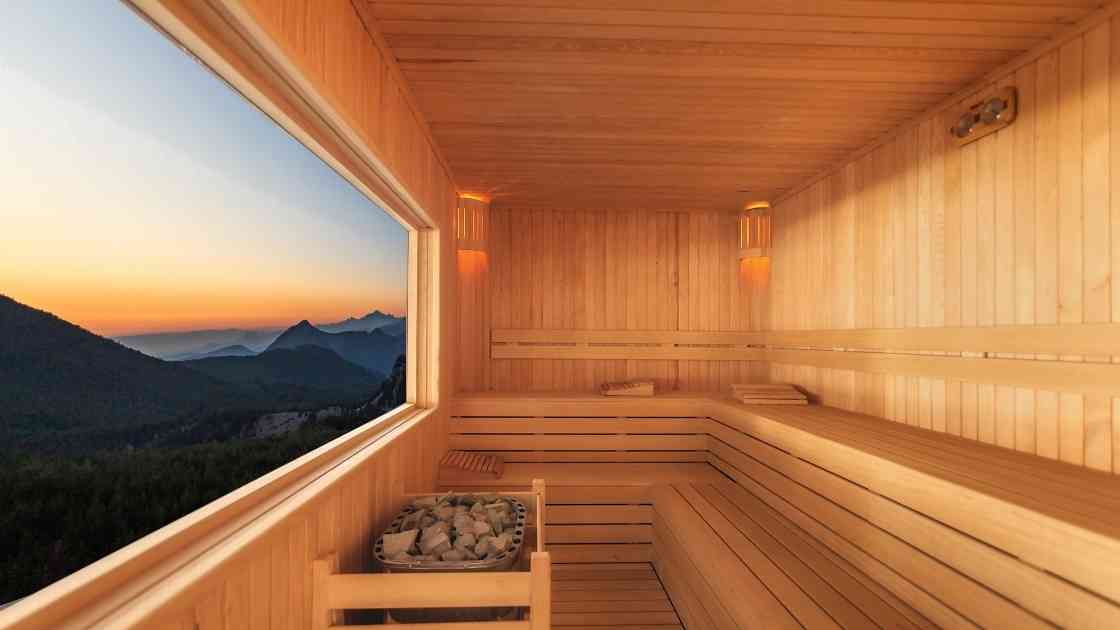A waterproofing sauna floor is necessary to keep your sauna clean and dry. Dirty water will not vaporize and will accumulate on the floor, creating a moist environment that is conducive to the growth of mold and bacteria. A waterproof sauna floor also prevents damage to your sauna from water dripping or standing pools of water. Furthermore, it is important because it can prevent moisture and mold from building up. Moisture and mold can cause serious health problems, so it’s important to take steps to prevent them from happening. By waterproofing your sauna, you can ensure that your experience is both comfortable and healthy.
Materials
Materials for sauna floor waterproofing include deck sealant, tar, latex paint, and epoxy. Deck sealant is a water-resistant product that can be applied to the wood surface of the sauna floor. Tar is a thick black substance used as an asphalt adhesive and can be applied over the deck sealant. Latex paint is used to cover the tar and protect the floor from moisture and dirt. Epoxy is a strong adhesive that can be used in place of latex paint or tar and provides greater long-term protection for the floor.
Methods for waterproofing sauna floor
There are several different methods that you can use. Some of the most popular ways to waterproof a plywood sauna floor include sealing the concrete with an epoxy sealant, applying vinyl or tar-based sealant, and using an underlayment.
It is important to choose the right method for your particular flooring, as each has its advantages and disadvantages. Epoxy sealants are the most permanent option, but they can be expensive and may not work well with certain types of flooring. Vinyl and tar-based sealants are more affordable but may not last as long as epoxy sealants. Underlayments provide a temporary solution that will protect the floor from moisture and odors while allowing it to be cleaned easily.
Benefits
There are many benefits of waterproofing a sauna floor. Moisture levels are reduced, fewer bacteria growth occurs, and the sauna can last longer. Here are some of the most common benefits:
Reduced moisture levels in the sauna can lead to a more comfortable session. Less sweating means less need for water and it also reduces the chance of getting sick. Saunas with properly waterproofed floors can last a very long time without needing any repairs.
Another benefit of reducing moisture levels is that it can help prevent the wood from warping or rotting. Moisture is an essential ingredient for mold and bacteria growth.
Common Questions
How do you weatherproof a sauna?
Use a uniform coat of varnish to cover the base of these planks. Take the time to ensure complete penetration of the wood.
Does a sauna need a vapor barrier?
A sauna vapor barrier is essential and must never be omitted. Don’t use a replacement, as it might melt in the sauna. Never melts unscented foil.
Conclusions
Waterproofing sauna floor can be an important step in preserving the floor’s integrity and keeping it in good condition. If done correctly, a waterproofing treatment can help keep moisture and other chemicals out of the floor, prolonging its life. Homeowners who are concerned about their sauna’s floor should contact a professional to have it treated.




